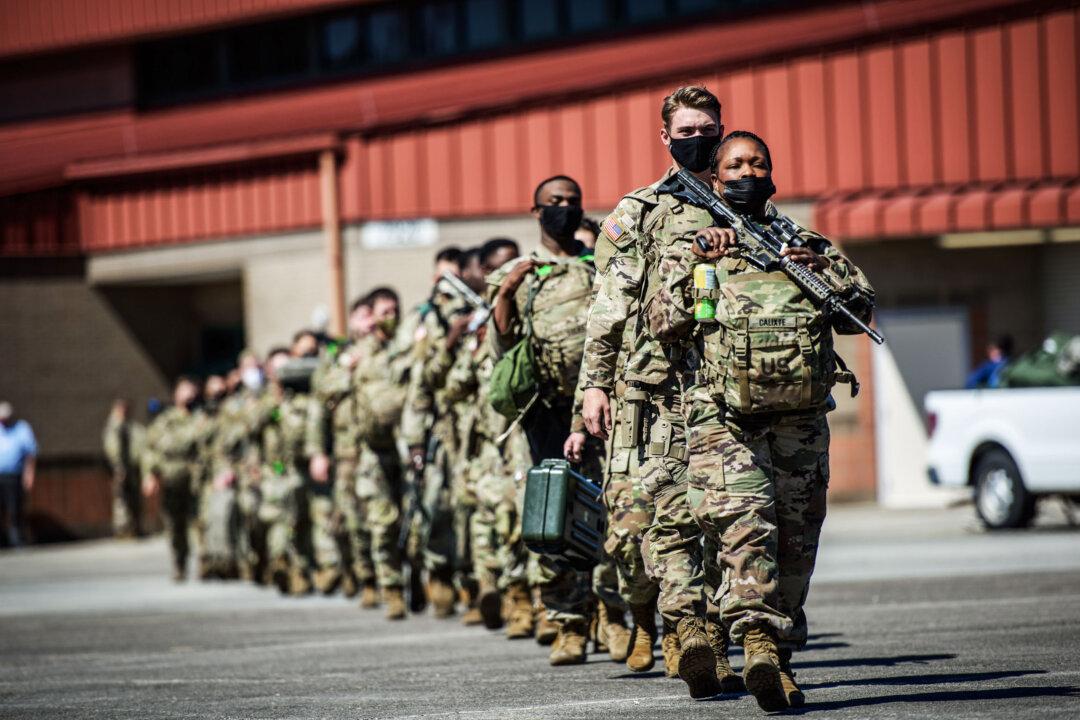News Analysis
Mark Rutte, secretary general of NATO, said on Jan. 23 that U.S. President Donald Trump is right to request that members of the alliance spend at least 5 percent of their gross domestic product (GDP) on defense.

Mark Rutte, secretary general of NATO, said on Jan. 23 that U.S. President Donald Trump is right to request that members of the alliance spend at least 5 percent of their gross domestic product (GDP) on defense.